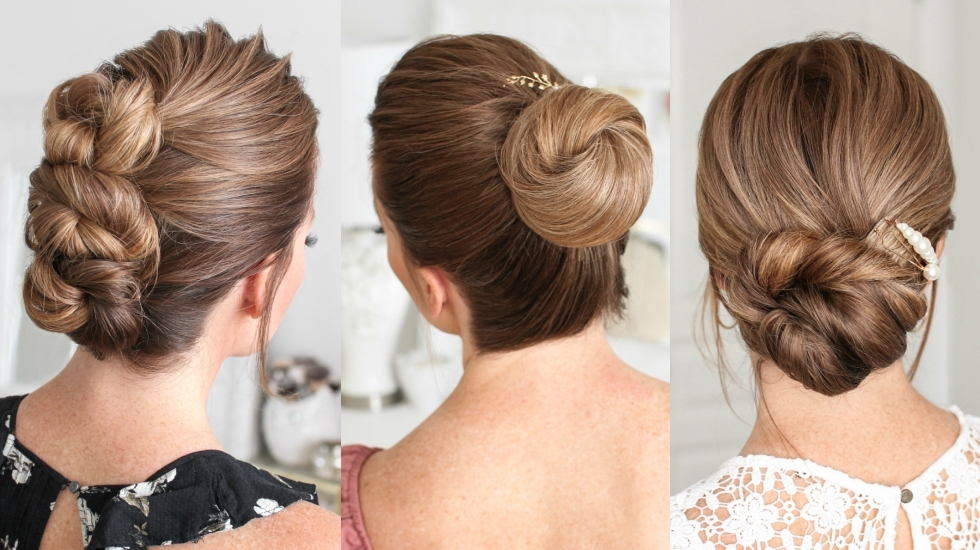Hair covering and its significance

hair covering is a complex issue influenced by law, personal choice, and community identification. Modesty has been emphasized in biblical law, and interpretations vary among Jewish communities worldwide. As a result, women wear wigs, sheitels, or scarves to cover their heads for religious ceremonies.
Chemotherapy-Induced Hair Loss
hair loss impacts the quality of life and self-image even after cancer treatments are completed. Fortunately, different head-covering options are available to help combat this side effect. Wigs are commonly preferred, but caps and scarves are also viable choices. Some organizations provide free or low-cost wigs and head covers at cancer centers or infusion clinics.
Cancer Survivors and Head Coverings
Hair loss can distress many cancer patients, but it is a natural part of treatment. Some patients choose wigs, while others prefer scarves or hats. Some organizations offer wigs specifically for cancer patients at low or no cost.
Preventing hair Loss
Hair loss can be prevented or minimized by using a head cover. There are various types of head covers available. COVER HAIR, for example, features electrostatically charged microfibers that instantly adhere and create a fuller look. It can quickly mask thin spots and fade any undesirable pigment.
Donating hair for a Cause
Donating hair is a generous act that benefits both the donor and the recipient. When donating hair, it is recommended to work with a stylist at a salon to ensure uniform cuts that meet the guidelines set by accepting organizations. Hair donations should be completely dry before sending them in, as wet locks may mold during shipping and be rejected. Some organizations, like Matter of Trust, accept hair donations to clean oil spills in ocean environments. Only natural hair is taken; synthetics are not suitable for gift.

